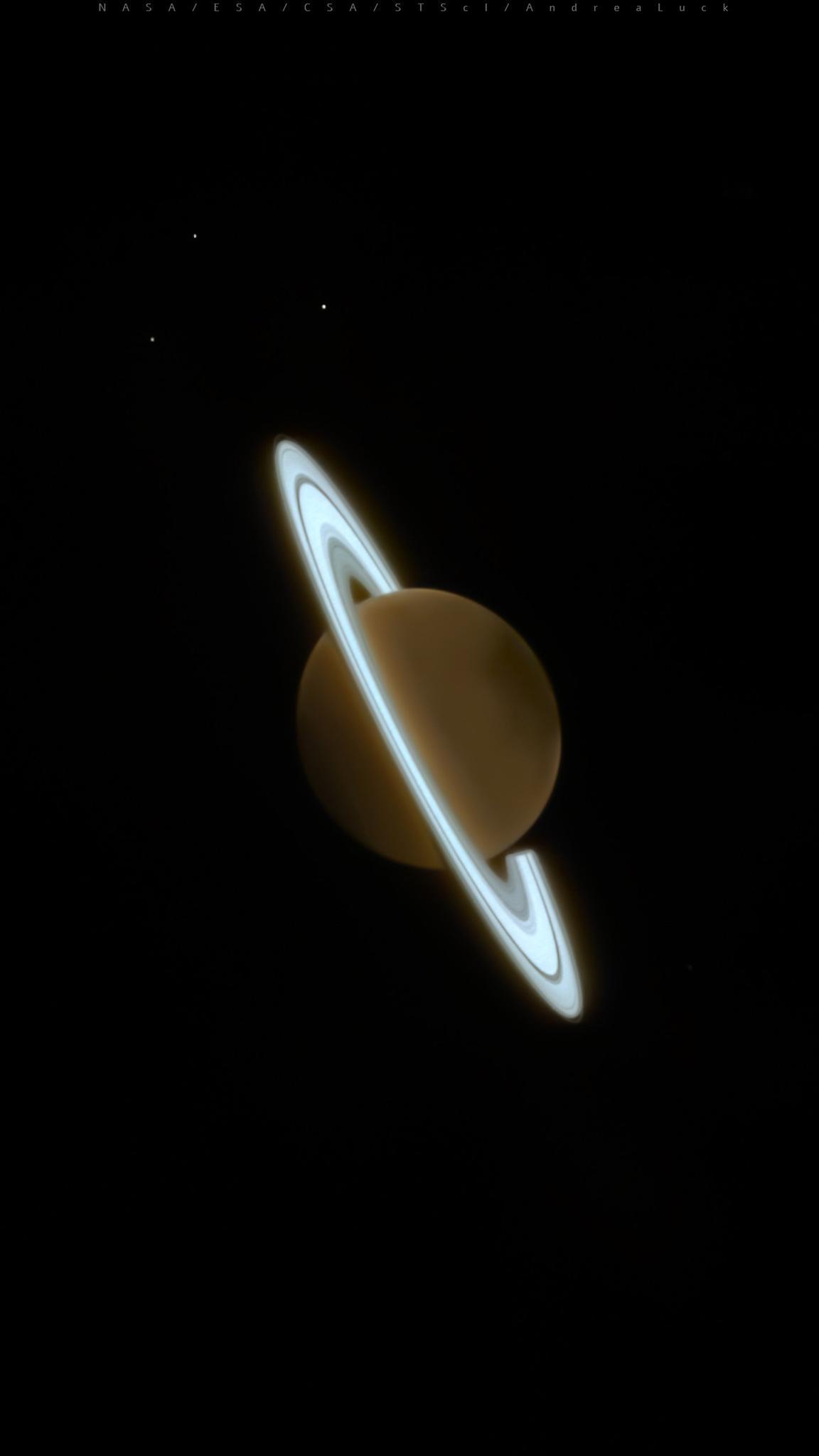Event JSON
{
"id": "e21e1c1ac73663282b484c0bf5279bae57a6aa5514f547e9b7911e677dcc2c37",
"pubkey": "058c93e803b26a00084fa8e8d397c80716b42889faaf05397e230f4aea2d35da",
"created_at": 1731533523,
"kind": 1,
"tags": [
[
"t",
"PPOD"
],
[
"t",
"space"
],
[
"t",
"science"
],
[
"t",
"scicomm"
],
[
"t",
"wallpaperwednesday"
],
[
"imeta",
"url https://files.mastodon.social/media_attachments/files/113/477/780/847/645/222/original/b4cbef5ffa9619a5.jpeg",
"m image/jpeg",
"dim 1152x2048",
"blurhash U33bp?ay4UoJj[t7WBMx4Uj[?uWWWCMxof?v"
],
[
"proxy",
"https://mastodon.social/users/setiinstitute/statuses/113477780973013127",
"activitypub"
]
],
"content": "#PPOD: NASA's JWST captured this infrared view of Saturn and its moons Tethys (left), Enceladus (middle), and Dione (right) on 25 June 2023. The planet appears dark at this wavelength, as methane gas in its atmosphere absorbs sunlight — but its icy rings stay bright. Credit: NASA/ESA/CSA/STScI/AndreaLuck \n\n#space #science #scicomm #wallpaperwednesday\n\nhttps://files.mastodon.social/media_attachments/files/113/477/780/847/645/222/original/b4cbef5ffa9619a5.jpeg",
"sig": "87e879f319c805e85968b17bda25a32064929d745a023c980b878a305553bbc74ff6d163eeeb00fb670f6dd49e79ba54279a1017fb88ae468ef9b6cfe50843cc"
}

